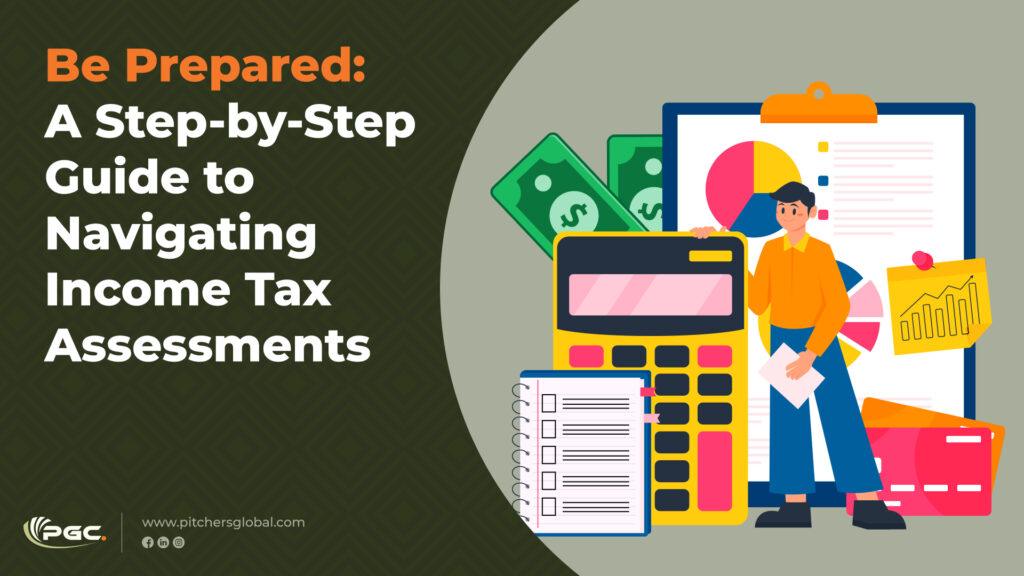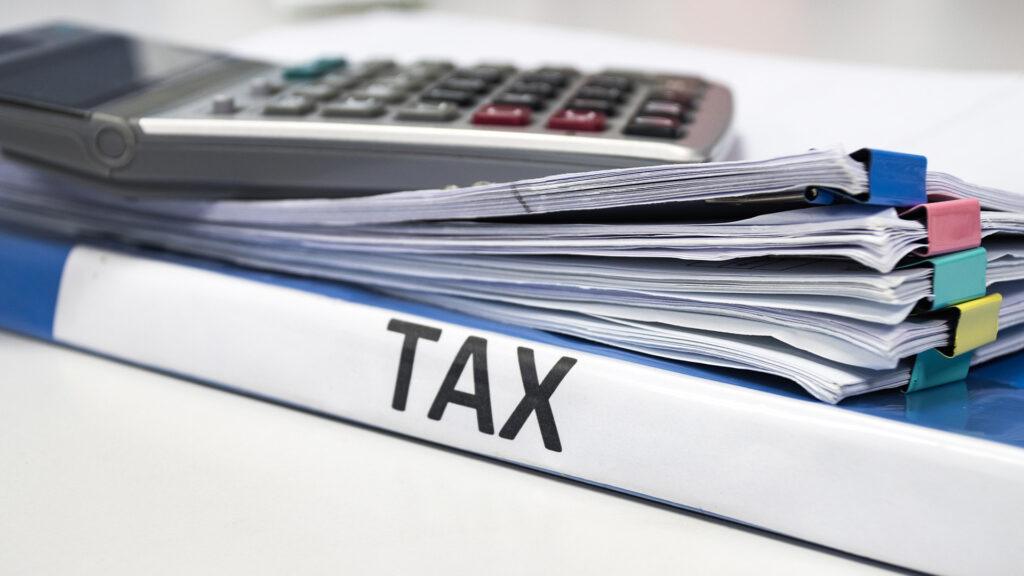If you’ve ever filed an income tax return (ITR) only to later discover missed deductions or changes in your financial situation, you’re not alone. Priya Sharma, a senior software engineer in Bangalore, found herself in a similar situation recently. Earning ₹12-15 lakhs annually and adept at managing her finances, Priya diligently files her taxes on time using online platforms. But due to a revised salary structure and some overlooked deductions, she needed to file a revised ITR to ensure her tax details were accurate. Much like Priya, if you’re looking for Filing a Revised Income, this guide will help you navigate the process seamlessly.
Why File a Revised Income Tax Return?

A revised ITR allows you to correct any errors or omissions in your original filing. Whether you forgot to claim a deduction, made an error in reporting your income, or simply received new information, a revised return ensures that your tax records are correct. For tech-savvy professionals like Priya, who use both smartphones and laptops for financial transactions, the online filing process is straightforward but requires attention to detail.
Time Limit for Filing a Revised ITR

One of Priya’s concerns was missing the deadline for filing her revised return. The good news is that under Section 139(5) of the Income Tax Act, you can revise your return until the end of the assessment year (March 31st of the following year). For example, if you’re revising your return for the Financial Year (FY) 2023-24, you have until March 31, 2025, to file the revised ITR.
Steps to File a Revised Income Tax Return

- Log in to the Income Tax e-Filing Portal
Priya, like many digital-savvy professionals, starts by visiting the Income Tax e-Filing website. You can log in with your PAN or Aadhaar credentials. - Choose ‘File Revised Return’
After logging in, head to the ‘e-File’ section and select ‘Income Tax Return.’ Ensure you choose the correct assessment year and select ‘Revised u/s 139(5)’ as your filing option. This allows you to correct the original return. - Input the Acknowledgement Number
You’ll need to enter the 15-digit acknowledgment number from the original ITR you filed. This helps the system locate your previous submission. - Correct Errors or Update Information
Whether it’s adding missed deductions or adjusting income details, make the necessary changes. For instance, if you’re like Priya and missed deductions under Section 80C or 80D, this is your opportunity to include them. - Check Your Tax Regime
One thing Priya considered was switching her tax regime. You can update your tax regime during this stage but be sure to evaluate your potential tax liability under both the old and new regimes before making a decision. - Submit and Verify
Once you’re satisfied with the revisions, submit the revised ITR. Verification is required, and you can complete it using Aadhaar OTP, net banking, or other electronic verification methods. - Track Your Refund Status
After submission, it’s important to monitor the status of your return, especially if you’re due a refund. Priya found the ‘Refund/Demand Status’ section on the Income Tax portal particularly helpful in tracking her revised refund.
Are There Charges for Filing a Revised Return?
Priya’s concern about potential charges for revising her return was quickly dispelled. There are no charges for filing a revised return as long as it is done within the prescribed time frame. However, if you file after the deadline, you may face penalties or forfeit refunds.
Important Things to Remember
- Multiple Revisions Are Allowed: Priya was surprised to learn that you can file multiple revisions before the assessment year concludes. This is handy if you notice additional mistakes after submitting your first revision.
- Penalties Only Apply If You Miss the Deadline: If you file the revised return after the end of the assessment year, penalties may apply, and you may lose the chance to revise altogether.
- Refund Delays: Filing a revised return could cause a slight delay in processing any refunds you’re expecting.
FAQs for Tech-Savvy Filers

- Can I Change My Tax Regime in the Revised ITR?
Yes, you can change your tax regime while filing a revised return. Priya considered this option and evaluated whether the new regime’s lower tax rates were beneficial based on her deductions. - Will Filing a Revised Return Delay My Refund?
There may be a slight delay in receiving your refund, as the Income Tax Department will need to reprocess your revised return. - Can I Revise My Return More Than Once?
Yes, you can revise your return multiple times until the deadline.
Filing a Revised Income – Final Thoughts
Filing a revised ITR is not as daunting as it may seem, especially if you’re already comfortable with online financial platforms like Priya is. Whether you missed a deduction or need to switch your tax regime, revising your return is an important step toward ensuring your financial records are accurate.
By staying mindful of the deadlines and regularly checking for updates, you can make the process smooth and hassle-free. If you’re unsure or require assistance, do not hesitate to reach us out!
We, Pitchers Global are here to help.
